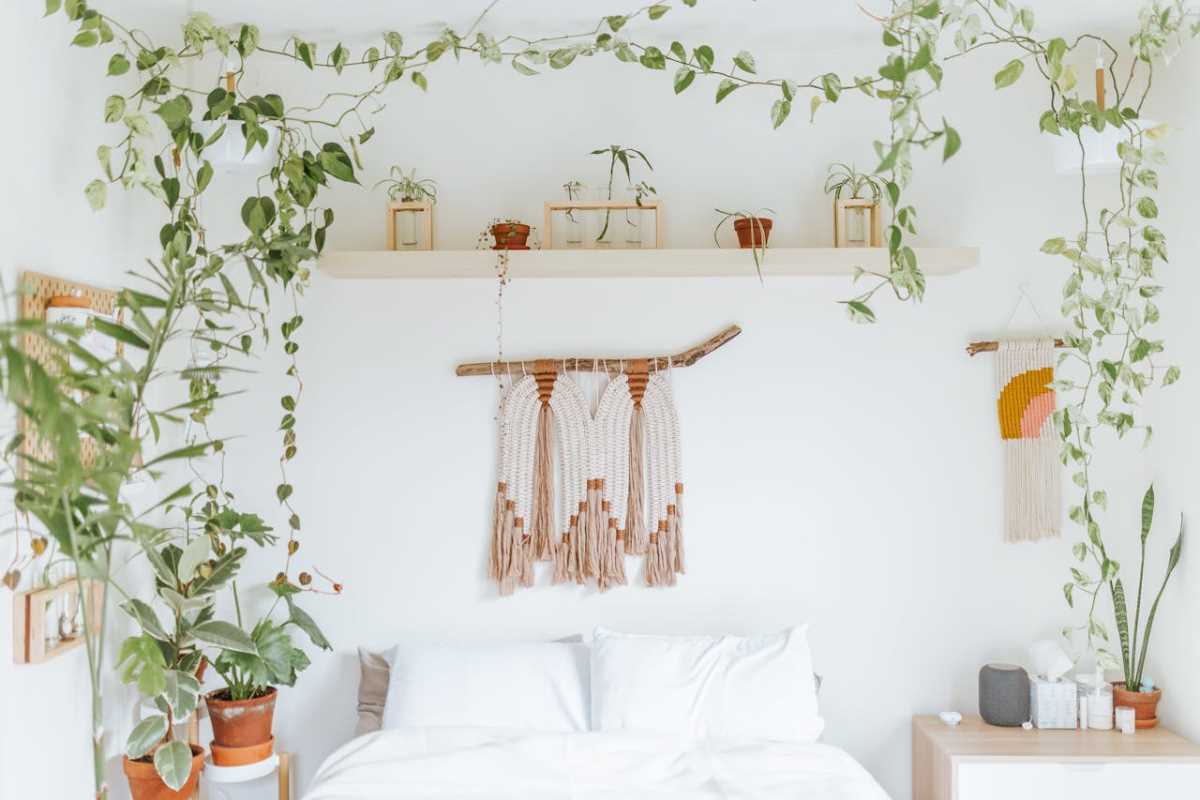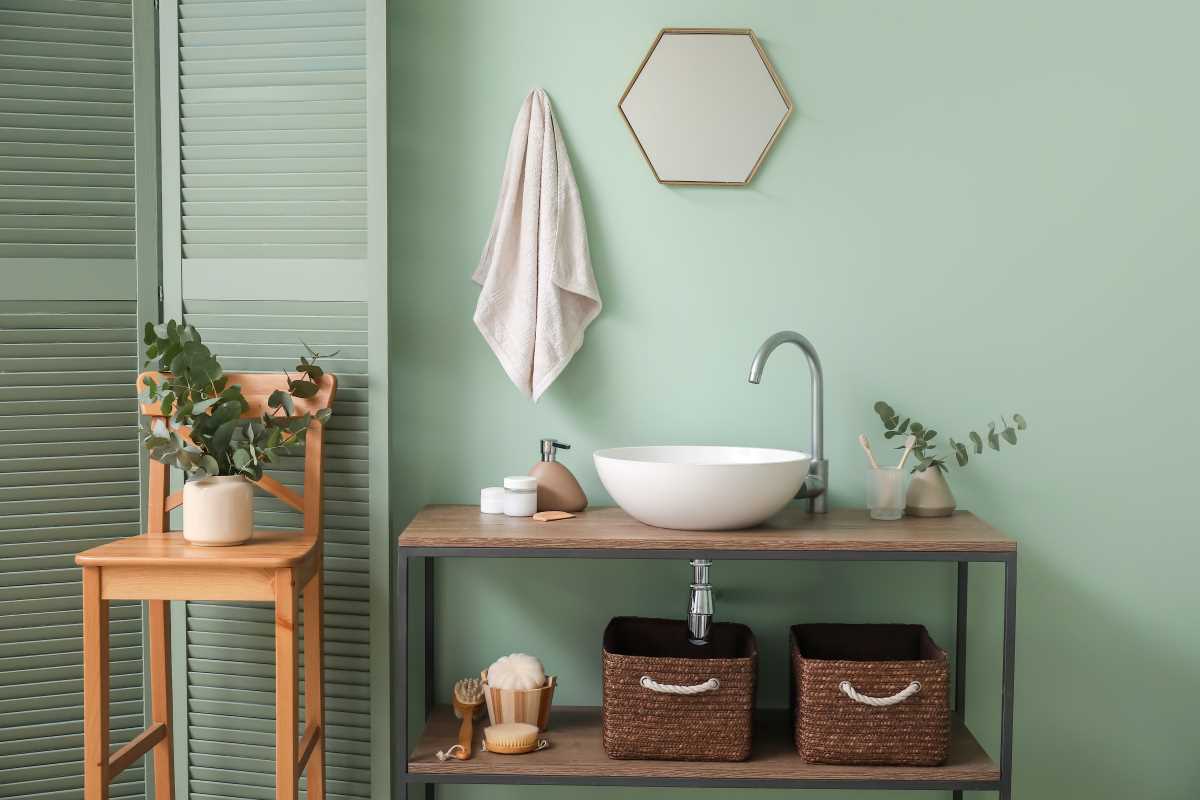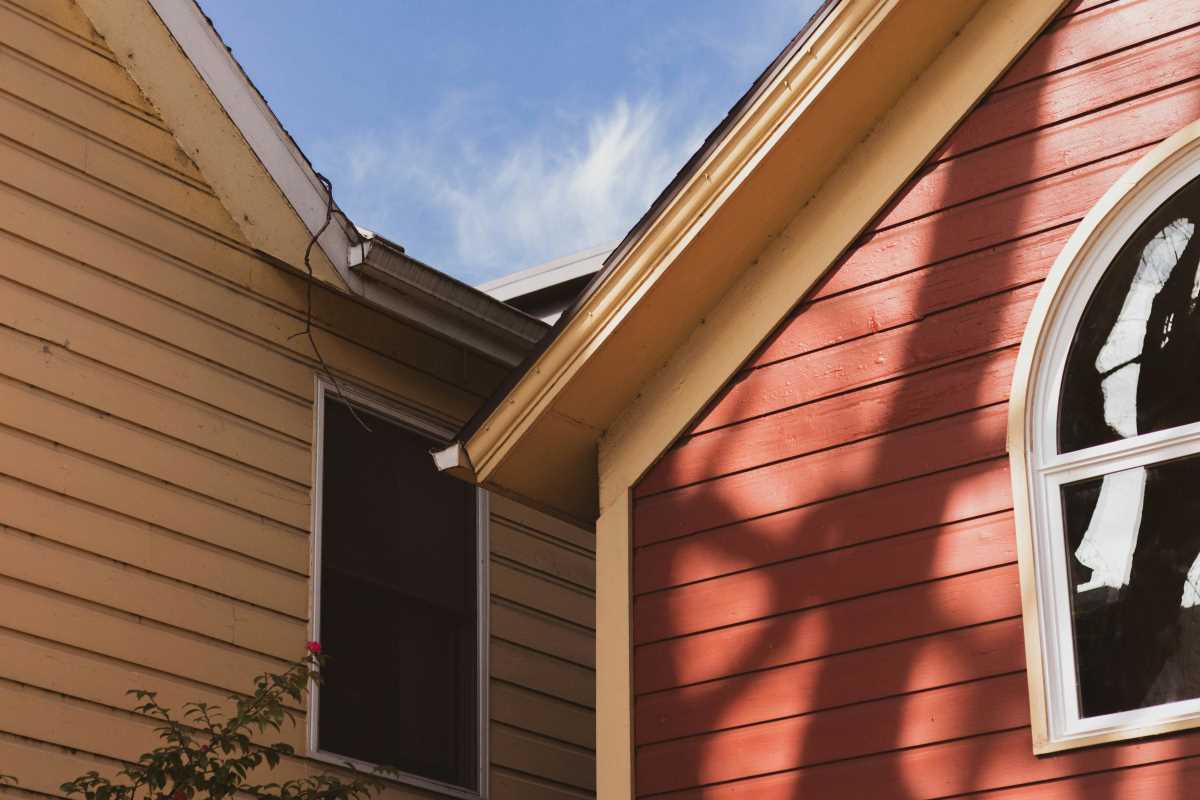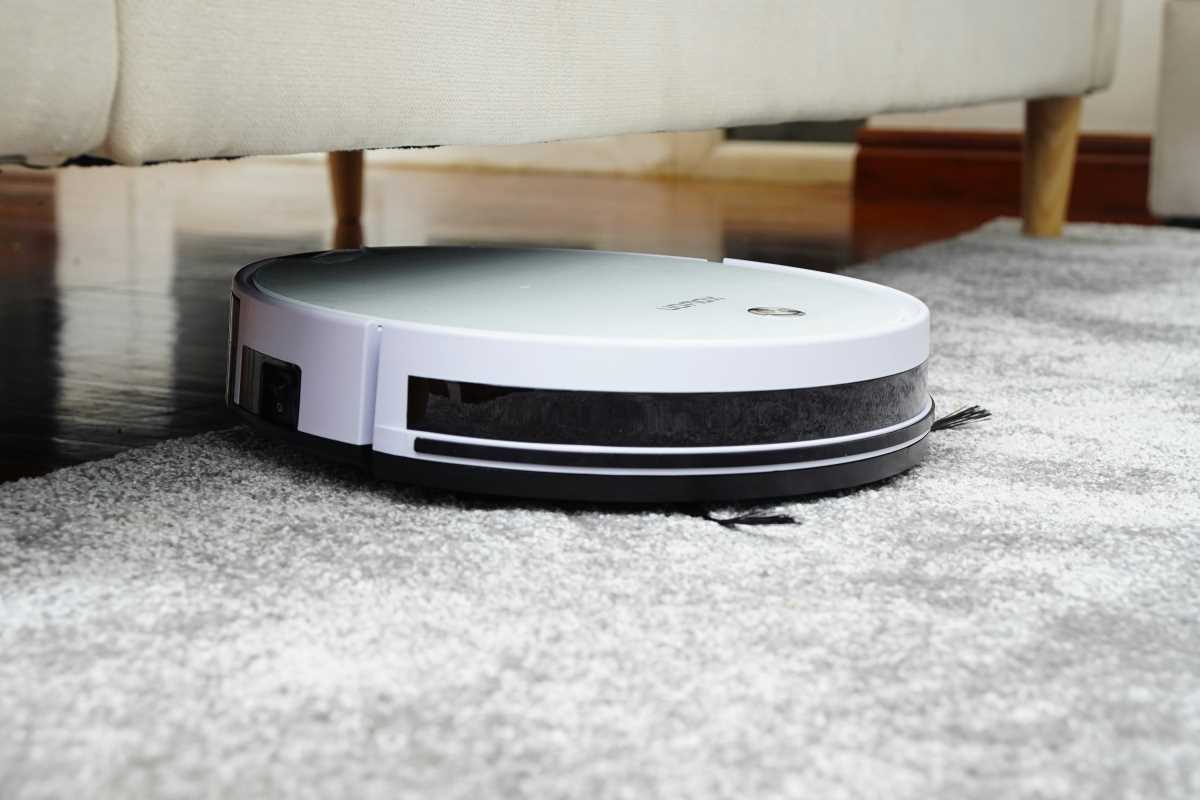Living in a small space can feel challenging, but with a little creativity and strategic planning, you can transform even the tiniest of homes into a beautiful, functional retreat. Whether you’re in a studio apartment, a compact home, or a shared dorm, the trick is to make each square foot work harder while keeping the space clutter-free and comfortable.
From clever furniture choices to smart design hacks, here are practical tips to help you maximize your small living space without sacrificing style or comfort.
1. Invest in Multifunctional Furniture
One of the smartest ways to make the most of limited space is to choose furniture that serves multiple purposes. Multifunctional pieces can reduce the amount of furniture you need while still meeting your storage and utility demands.
Examples of Multifunctional Furniture:
- Sofa Beds: These allow you to combine seating and sleeping areas, perfect for studio apartments or guest rooms.
- Ottomans with Storage: Use these for extra seating, a coffee table, or even as a footrest, all while providing hidden storage space.
- Extendable Tables: Dining tables or desks that can fold or extend are great for entertaining or working from home.
Pro Tip: Look for furniture with clean, simple lines, as bulky designs can make small spaces feel cramped.
2. Use Vertical Storage Solutions
When you’re short on floor space, think vertically. Tall storage options and wall-mounted solutions are key to utilizing all the available space in your home.
Ideas for Vertical Storage:
- Install shelves high up on walls to store books, plants, or decorative items.
- Use over-the-door organizers for shoes, cleaning supplies, or toiletries.
- Add hooks for hanging items like jackets, bags, or kitchen utensils.
Why It Works: Vertical storage not only frees up floor space but also draws the eye upward, making the room feel taller and more spacious.
3. Create the Illusion of More Space
Even the smallest rooms can feel larger with a few design tricks. By playing with light, color, and layout, you can create an airy, open atmosphere.
Design Hacks to Try:
- Light Colors: Stick to light, neutral shades like white, beige, or pastel tones for walls and furniture. Dark colors can make rooms feel smaller.
- Mirrors: Place a large mirror across from a window to reflect natural light and make your space appear bigger.
- Low-Profile Furniture: Opt for pieces with lower heights to create visual openness, like low sofas or coffee tables.
Pro Tip: Avoid overcrowding your walls with decor. Minimalist art or one statement piece can keep the space looking clean and uncluttered.
4. Maximize Closet Space
Closets in small homes are often limited, but with a few organizational tweaks, you can fit a surprising amount into even the tiniest wardrobe.
Closet Optimization Tips:
- Use slim, non-slip hangers to save room and keep clothing tidy.
- Add a second hanging rod for shirts and pants.
- Store out-of-season clothing in under-bed bins or vacuum-sealed bags to free up space.
Why It Works: An organized closet keeps your living area free of clutter and makes it easier to find what you need quickly.
5. Zone Your Living Space
If your small space serves multiple purposes—for example, a studio that doubles as your bedroom, living room, and home office—creating distinct zones can help it feel more organized.
How to Zone Effectively:
- Use rugs to visually separate areas, like defining a work zone from a relaxation space.
- Install folding screens, open shelving, or curtains to create partitions without building walls.
- Arrange your furniture to clearly define each function. For example, place a couch to separate your “living room” from your “bedroom.”
Pro Tip: Stick to cohesive colors or styles across your zones to maintain a sense of harmony.
6. Keep It Clutter-Free
Clutter is the enemy of small spaces. The more “stuff” you have lying around, the more cramped your space will feel. Adopting minimalist habits can help you avoid this pitfall.
Decluttering Tips:
- Practice the “one in, one out” rule—for every new item you bring in, donate or recycle an old one.
- Use storage baskets or decorative boxes to contain small items.
- Limit decorative pieces to a select few that spark joy or serve a function.
Why It Works: A clutter-free space feels more open and inviting, giving the illusion of more room.
7. Incorporate Multipurpose Decor
Your decor can be both functional and stylish if chosen carefully. Look for items that bring beauty and practicality to your space.
Ideas for Multipurpose Decor:
- Use storage-friendly coffee tables or console tables in your entryway.
- Select decorative baskets or woven bins to store blankets, magazines, or toys.
- Mount pegboards in the kitchen or office for a convenient yet visually appealing way to store tools and supplies.
Pro Tip: Avoid overdecorating. A few carefully chosen pieces can make a small space feel more intentional and less overwhelming.
8. Choose Compact Appliances
Bulky appliances can take up valuable room in a small living space. Thankfully, compact and multi-use models are widely available.
Small Appliance Solutions:
- Opt for combination washer-dryer units for tight laundry spaces.
- Choose slimline refrigerators or microwaves designed for small kitchens.
- Invest in foldable kitchen gadgets, like collapsible colanders or stacking mixing bowls.
Why It Works: Compact appliances give you all the functionality of larger models while leaving more space in your kitchen or laundry area.
9. Don’t Ignore Corners
Corners often go unused, but they hold major potential when designed with purpose.
Corner-Friendly Ideas:
- Add corner shelving units to maximize storage.
- Create a cozy reading nook with a small chair and floor lamp.
- Place a corner desk for a functional and space-saving home office.
Pro Tip: Use triangular-shaped furniture designed specifically for corners to make the most of these often-wasted spaces.
10. Rethink Your Storage Style
Maximizing small spaces often requires innovative storage techniques that fit your lifestyle and available space.
Creative Storage Ideas:
- Install built-in storage under stairs or in unexpected places like behind doors.
- Use beds with built-in drawers or risers to create extra storage underneath.
- Hang pots and pans on a wall-mounted rack in the kitchen to save cupboard space.
Why It Works: The key to small-space living is making every nook and cranny count.
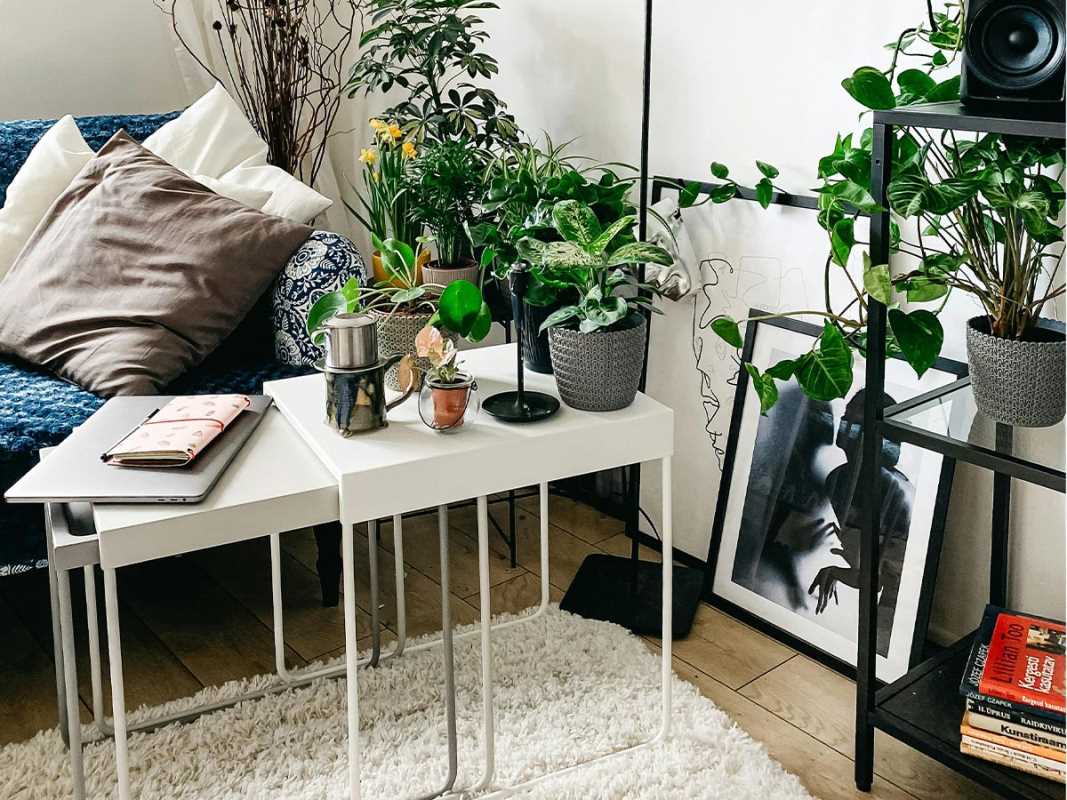 (Image via
(Image via